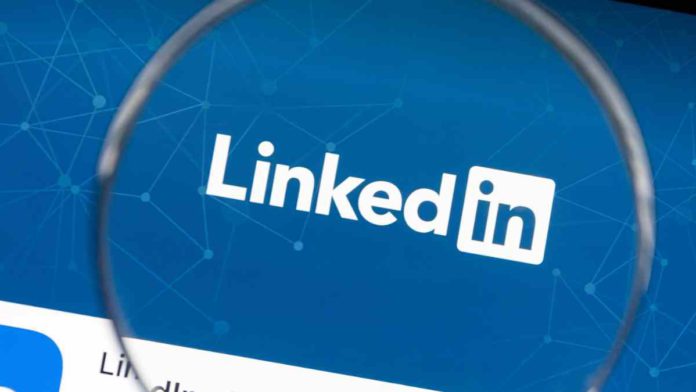LinkedIn has revealed a new feature where it will employ artificial intelligence (AI) to create a draft of their post when users provide at least 30 words detailing their ideas. In a LinkedIn post announcing the feature, Keren Baruch, director of product at LinkedIn, acknowledged the difficulty in turning a brilliant idea into a complete post. Members now have access to generative AI right from the LinkedIn share box, thanks to the new feature.
Users are required to give a minimum of 30 words detailing their intended message, which will act as the main body of their post. Before pressing the “post” button, they can use generative AI to generate an initial draft that will serve as a strong foundation for subsequent review, modification, and customization. Before publicly releasing the feature to all users, LinkedIn intends to thoroughly test it, emphasizing a methodical approach to its introduction.
LinkedIn wants to make it easier for its members to create interesting and effective posts by utilizing AI technologies. Being a time-saving option, the AI-generated first draft feature gives users a starting point for their articles while still letting them be in control and add their own flair.
Read More: Vimeo Introduces AI-Powered Script Generator And Text-Based Video Editor
A different AI-powered service called Copy Suggestions was previously released by LinkedIn. This feature makes use of data from an advertiser’s LinkedIn Page to generate high-performing headlines and introductory text for ad creatives. The business is presently testing this product in North America in English, and in the upcoming months, it wants to increase its functionality, language support, and accessibility.
LinkedIn keeps looking for ways to improve its platform through AI-driven advancements, enabling its users to interact with their professional networks and communicate their thoughts clearly. Recently, in a collaboration between UC Berkeley, LinkedIn came up with cutting-edge detection techniques that correctly identify artificially created profile pictures 99.6% of the time. Only 1% of real photos are mistakenly identified as fake.


